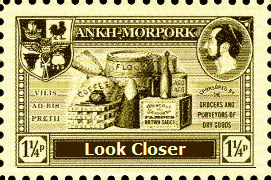|
Now for the complicated bit. Extreme close up images of just one small part of a small can show that two stamps originated from different printings. Nothing more. It does not identify the print process, nor can it say with 100% positivity that two different stamps came from the same print run. Small differences in resolution are revealed as are difference in the colour registration where the yellow, magenta, and cyan are not exactly aligned. That difference is a fraction of a millimeter, and not normally discernible to the human eye. However, if the registration patterns differ the stamps will vbe from different print runs, perhaps even different printers especially if the resolution differs.
Here are close-ups from most of the stamps featured in this section, mainly in the same order that they are presented, with comments.
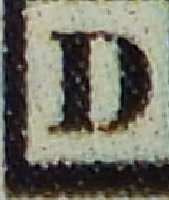 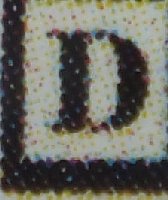 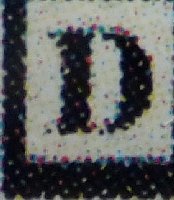
The Imperforate, a stamp from the imperforate sheet and one from the 2x2 early minisheet
The first two are comparable with a slight downward shift of yellow ink, and more complete Ds
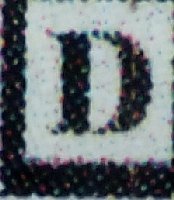 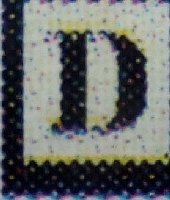 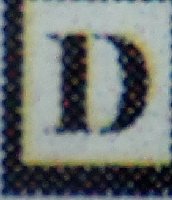
The Bath and two Wincanton perforated Eminence Gris
These in order show a very slight magenta upward, an upward yellow and a rightward yellow shift
This confirms that the three stamps originated from different print runs, borne out by the stamps` macro appearance
The Bath perforated sort of shows the same pattern as the 2x2 sheet suggesting possible common print process
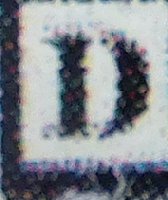 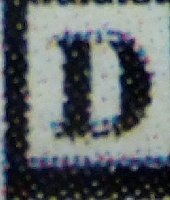
The early and later Bath perforated Patricians
They are similar and also match the 2x2 stamps too. Was a single printer used for most early stamps
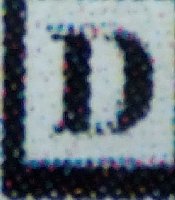 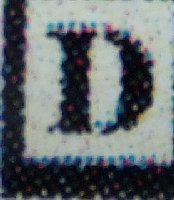 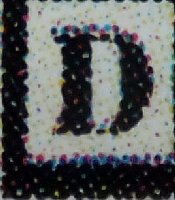
The three Wincanton perforated stamps.
Again a similar pattern to the Bath perforates, with a northward magenta and blue shift
However the D shows increasing completeness - improved resolution from successive print runs
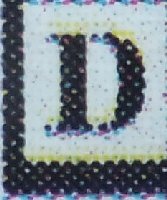 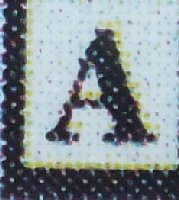 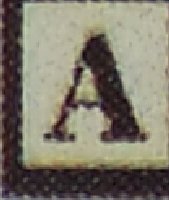
The Red-nosed Patrician and two Civic Cabbages
These show an upward yellow colour shift. This matches the Wincanton perfed Eminence Gris
Could this be the signature of those stamps printed in sheetlets of 14 below the TOA sheets?
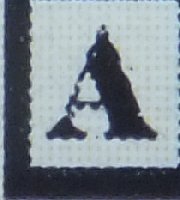 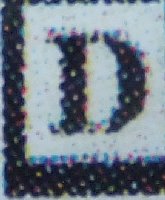
The Campaign and the Digital Patrician.
The first is almost to good to be true, but confirms the crispness of the stamp
The Digital print though shows a pattern typical of the offset-litho Wincanton perforates - to the extent that I cannot say that it is a digitally printed stamp. Have I got my stamps mixed up or were these Digitals just an old standard sheet?
|


